|
Design and Form: The Basic Course at the Bauhaus by Johannes Itten Thames and Hudson  Recommended Read 'Design and Form: The Basic Course at the Bauhaus' by Johannes Itten (1888 - 1967), published by Thames and Hudson. A very interesting book into some of the basic theories of colour, tone and shape that were taught at the highly influential Bauhaus school, in the earlier part of the century. Most of the book comprises of images of artwork from artists of the time. Johannes Itten was a Swiss artist, writer, teacher and theorist and was part of the Expressionistic movement. He was Mazdaznan, a strict vegetarian and meditated to develop inner understanding and intuition. Originally he trained as a school teacher incorporating new theories of teaching, notably including the practice of not correcting his students' creative work individually, so as not to crush their creative impulse. He chose certain common mistakes to teach the whole class. From the influence of Hölzel, Itten chose a series of basic shapes (the line, the plane, the circle, the spiral) as a means from which to begin creation. His students did gymnastic exercises before class to relax! Later music and other relaxation techniques. Itten had a HUGE influence on the use of colour in modern art and even the cosmetics industry. He taught the preliminary course at the innovative Bauhaus from 1919 to 1922 - the basics of material characteristics, composition, and colour. He theorised 7 types of colour contrast. These were hue, value, temperature, complements, simultaneous contrast (Chevreuil), contrast by saturation, contrast by extension.
0 Comments
A Beginner's Guide to Constructing the Universe by Michael S Schneider Harper Perennial 978-0-06092-671-7  Recommended Read this week is 'A Beginner's Guide to Constructing the Universe' by Michael S Schnieder published by Harper Perennial. Another book that is a readable and informative introduction to sacred geometry. Schnieder focuses on the drawing/construction of the geometric principles created by 0, 1 to 10, sequentially. He includes relevant quotes, examples in nature, the human body, myths, art and architecture. Plenty of interesting material about each of the numbers but he does not draw any conclusions. Calling himself 'an educator and writer who encourages a love of learning' on his website Schnieder provides numerous workbooks and CDs about 'the intersections of mathematics, nature, art, science and culture'.
Square, Circle, Triangle by Bruno Munari Princeton Architectural Press 978-1-61689-412-2  This week's Recommended Read is an excellent book called Square, Circle, Triangle by the acclaimed giant in 20th Century design, Bruno Munari (1907 - 1998). He was an artist, designer and inventor in several fields of the visual arts - painting, sculptor, graphic design, industrial design and film. He produced many children's books and toys. Also non-visual arts, with his fascinating research on games, didactic method, tactile learning, kinaesthetic learning and creativity. A hugely prolific talent. Another fantastic supplement to my books as he provides plenty of extra examples of these three simple, fundamental shapes in different cultures and applications (games, design, architecture, sculpting...). The simple book cover says it all! At the bottom of this post are YouTube links to interviews with B Munari and other interesting material.
John Watson School John Watson School is a community special school located in Wheatley, Oxford. It "offers a relevant and balanced education that recognises individual achievement and prepares each individual well for their future lives". The Arts are very important part of the school's curriculum, serving many purposes. It allows many of the children to express their emotions and experiences in a safe and therapeutic way. Some of the children are also quite talented young artists! New Beginnings and Hope'New Beginnings and Hope' is the theme of an Oxfordshire Artweeks inspired art exhibition in Spring 2021 at the school. "The aim of the week was to celebrate our student’s work after a particularly challenging year and every student has a piece of work represented in the final display. Each pupil joined in with a week of creative experiences involving painting and printing, taking photographs and making sculptures." Every class selected an artist they felt inspired new beginnings and hope and the children painted their own version of one of their artworks. The results were stunning! Each piece of art reflected the personality and styles of the individual children. In many instances the art provided valuable insights into the children's inner selves and perceptions of the world around them. A VITUAL GALLERY is available to see on the school's website. A small selection of the magnificent artwork is in the gallery below. Wish Upon a StarIt was an honour to be selected as the 'muse' by Adele reception class (5 year olds) as an artist reflecting 'new beginnings and hope' in their artwork. Out of the blue I received a lovely email from Jennie Eyles, telling me her class were using Wish Upon a Star as the inspiration for their own artwork to, 'send a message out to the universe'. The class were using it to engage in their own sensory exploration. Jennie had discovered Wish on the Oxfordshire Artweeks website. Well done Adele class! Your artwork and exhibition were amazing. I really enjoyed meeting you all, seeing your art, and your stunning tie-dye t-shirts. Adele reception class - 'WISH' ARTWORKSAfter a wonderful tour by Deputy Head Sue Woodward a group photograph with a few of the children was taken beside the Tree of Hope. Each child had hung a dove or rainbow decorated in their own way, sending out their hopes into the universe.
Paint Along With KarenAt Cornerstone Arts Centre (on 14th March 2020) I ran a Paint Along With the Artist workshop as part of International Women's Week. Using acrylics has the main benefit of drying fairly quickly so we could add layers and do some acrylic flow with some success. The them was going to be zoning areas of square blocks but it became very apparent that I could not 'box' people into doing this. Instead I encouraged different shapes of colour areas. Acrylic flow then integrate or differentiated these zones, plus it added an element of chaos to the order. This certainly contributed to energising the artworks, which were very static. 'Expression' by Karen L French Well done to the 7 artists for their stunning 'expressions' of themselves!
STEP 1 - First a Brusho water colour background was created, a chaotic cloud of potential, of many vibrant colours in the void. Then I had the urge to create circles in random locations. 3 'major' circles resulted, each a container and also a point, placed a-round a central copper circle. This middle copper circle is the focal Point of the painting. Creating accurate circles with clearing defined edges is tricky. Any slight deviation or indent immediately shows. Straight edges are much easier! All the circles were made using 3 layers of lustre, applied with circular strokes, then polished and sealed. STEP 2 and 3 - More circles of copper lustre were added, moving freely about the energetic domain. They all lie outside of the space delineated by the Trinity. Each of the 'major' circles in the Trinity were haloed by a geometric shape - red circle:green square (space), green circle:pink circle (time), rose pink circle:green octagon (Directions). These 'major' circles are bound by force fields (symbolised by the yellow lines) to create a sacred space. 3 is the number of creation, of Mind Body Soul, different states of Being (such as liquid, solid, gas). From the Centre of 3 a created Being emerges. The central copper circle, or sphere, has a crystal code within it that is the basis of the structure of the Being emerging out of the quantum field. In Step 3, gold lines and patterns where then added around each of the shapes. Recognising the sacred nature of the creative process through the use of geometry and colours from light. QUANTUM BEING - So much like the emergence of a form of being out of the Void, constructed out of geometry and light, so too did the geometric grid in the painting Quantum Being emerge out of the canvas.
Using it as a meditative tool for visualisation you can either focus of the centre and move outwards to see what form of being emerges, providing you with some insight for interpretation depending upon what is created. Or, you can choose your own body, or that of another object/animal/person/plant, and move inwards into their central code in the quantum field. At the end of your meditation move back to the point where you started. Reflect on the impressions you had as you move in and/or outwards, and also any insights you gained.
Up the Hill! was the result of 5 hours of non-stop painting and a 4pm dead-line. It was intense! Unfortunately I didn't manage to finish but was close enough. Having painted abstract and conceptual for a few years it was strange to be painting a structured building again. I was on Tower Hill (red X on map) and positioned myself in shade for most of the day; many other artists boiled in the sun and there were a few of cases sunburn. A pop-up exhibition followed and presentation of prizes by the Windsor Mayor. All the artists were treated to a delicious buffet and drinks. It was great fun and I look forward to next year!
The jewelled mandalas of Suzan DrummenThe gorgeous mandalas of artist Suzan Drummen are large installations that 'grow' across the floor, walls and over obstacles. Their 3-dimensional surfaces are like the tempting delights of a patisserie or jewellers! Mesmerising on the screen they must be wonderful to behold in reality. Like the works of Monir Shahroudy Farmanfarmaian they are made out of pieces of mirrors and glass, but also crystals, chromed metal, precious stones and optical glass. "A sensory experience, and visually stimulating, the glittering installations play with the architecture of the space — climbing up walls and sweeping across the surfaces — examining the idea of illusion and optical effects. When viewed from a distance or from above, the work looks organized and neat, but with close contact, visitors enjoy seeing the many intricate details resulting from the skilled craftsmanship that goes into each art piece. in much of her work, drummen places each glossy element loosely on the floor, making the artwork vulnerable and ephemeral." Design Boon
|
Archives
December 2023
Categories
All
|
Gateway to the Heavens Do you realise you actually shape your destiny and shapes influence your destiny. If you want to understand how this works ask Karen to give a talk about it or read her excellent book. You may have hated even the mention of geometry at school, but Karen's simple and illustrated explanations will give you a real insight into this fascinating topic. |
The Hidden Geometry of Life The attentive audience was enthralled by Karen's introduction to the principals of this truly multi-dimensional topic ... The energy in the room, by the end of the evening, was well and truly charged! |







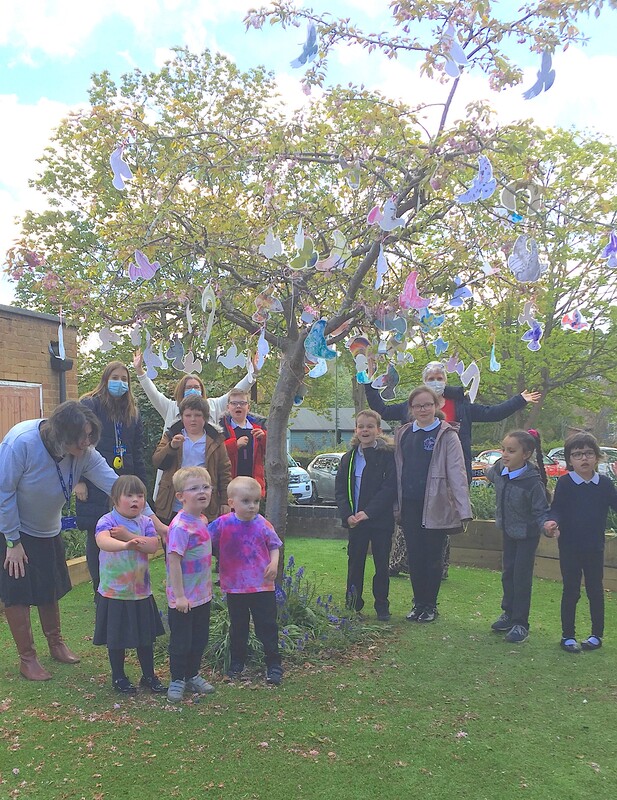









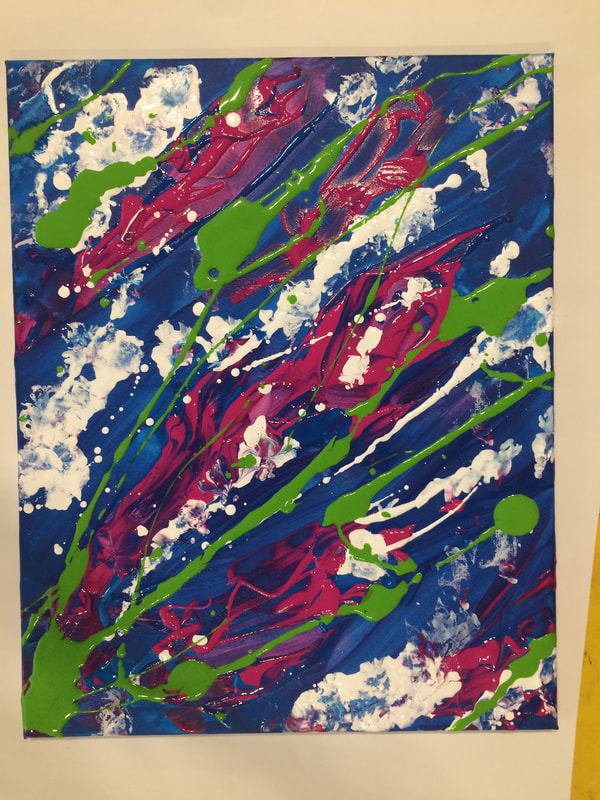





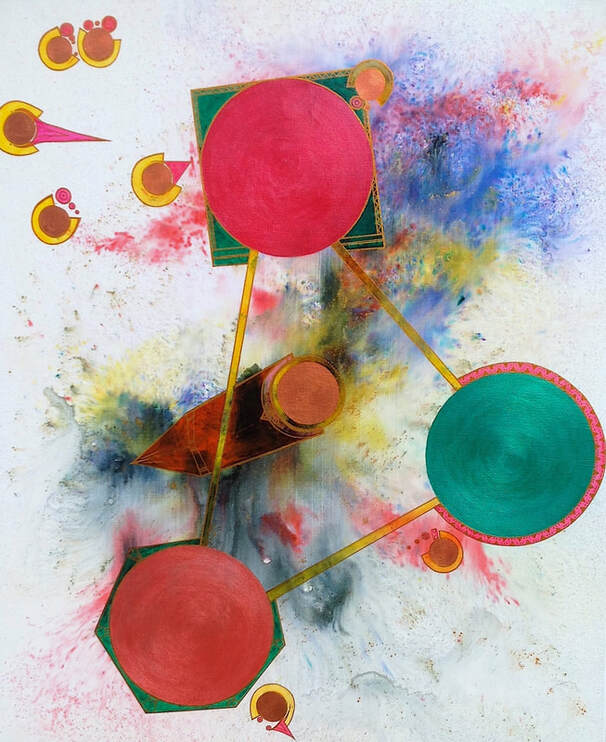
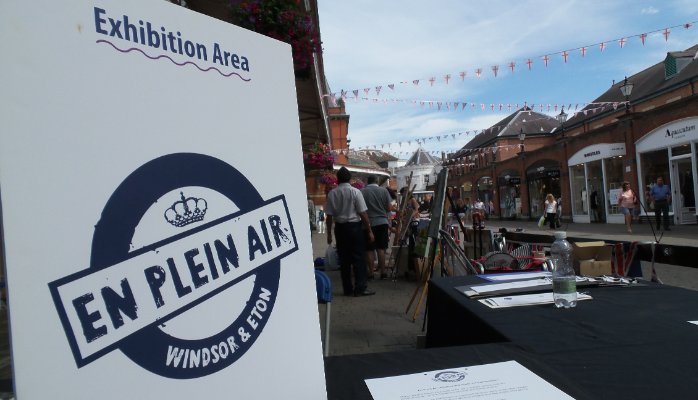
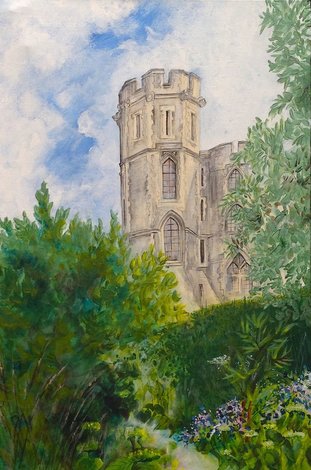





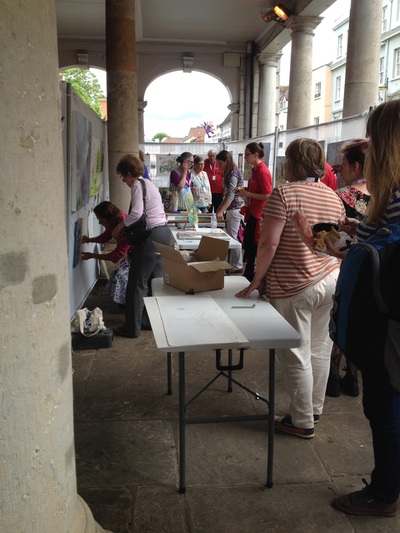




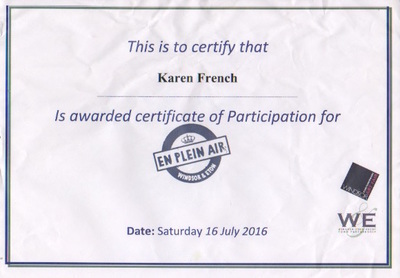







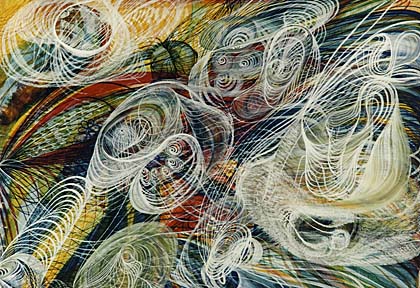

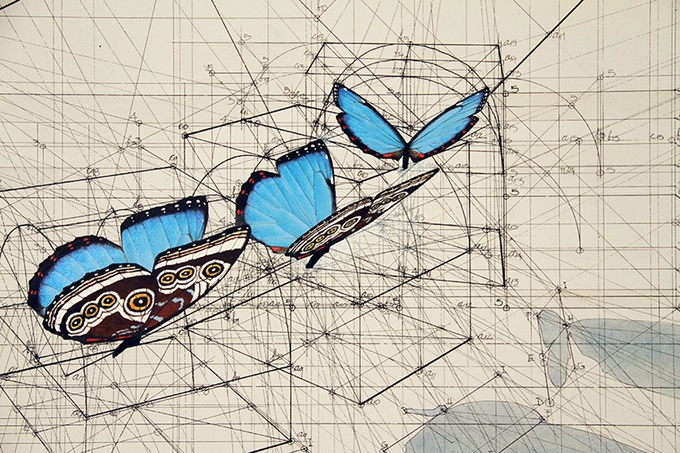

 RSS Feed
RSS Feed

